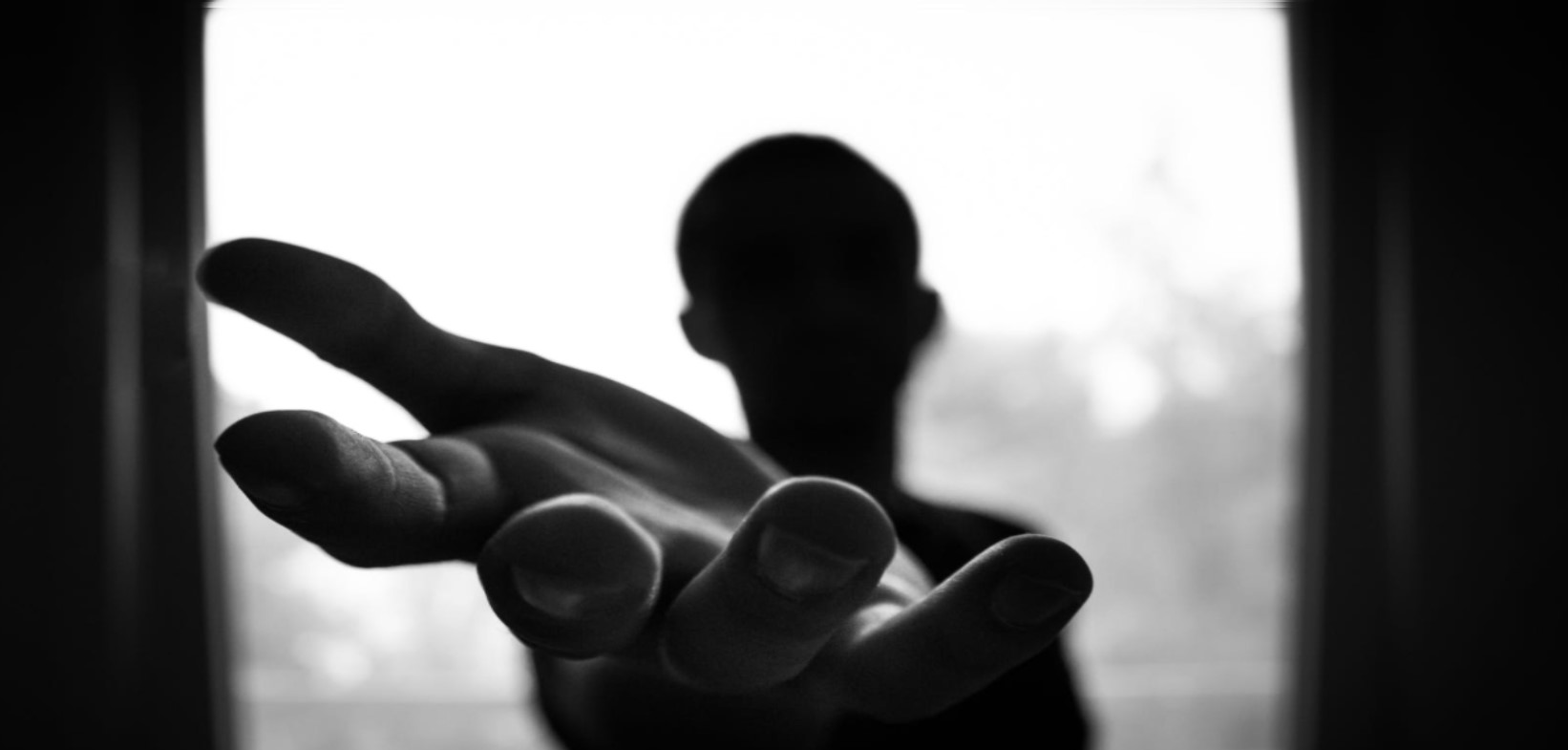Finland: Victims of human trafficking rise sharply
Those receiving aid in Finland as victims of human trafficking grew with a hundred more new entrants in 2017, reaching a record 300 people, according to Finnish media.
Published: February 1, 2018, 10:58 am
The number of clients in the Finnish aid system, the Hufvudstadsbladet daily reported, increased dramatically in 2017, reaching a record number of people. There may even be more victims of sex-related human trafficking as they often remain unidentified.
The rise in the number of victims come as a result of the increase in the number of asylums seekers.
“One big concern is that we are too bad at recognizing and detecting trafficking in human beings involving sexual exploitation in Finland. The proportion [of the cases detected] is eye-catchingly small,” Venla Roth, Senior Inspector at the National Trafficking Rapporteur’s Office at the Discrimination Ombudsman’s agency, said.
Katri Lyijynen, senior inspector of the aid system for victims of human trafficking under the Finnish Migration Board, explained that in most cases, the trafficking has taken place outside of Finland.
Both Roth and Lyijynen blamed this on the lack of police resources and insufficient detection methods by law enforcement. Of the 177 cases reported last year, only 10 came were alerts to the police, while 80 cases was registered with the Migration Board.
“Those who sell sex in Finland are not necessarily in contact with any authority, and then they are not likely to come into contact with a police or auxiliary system,” Roth said.
An internal report revealed that of the 177 applications received in 2017, 127 were given aid, and 70 percent of them were asylum seekers.
The majority of the cases included forced labor and sexual exploitation, while forced marriages and other kinds of trafficking were less frequently noted. The majority of victims came from Afghanistan, Somalia, Nigeria and Iraq.
Bosnia and Herzegovina as well as Ukraine also featured on the list. Overall, with more female than male victims.
Although most the cases involving human trafficking occurred outside Finland, an alarming 37 percent of cases were actually reported in Finland. Again, the most common cases involved forced labor and sexual exploitation as the most common types of human trafficking noted.
Another challenge that remains is the gathering of evidence on human trafficking. In cases where such crimes was carried out abroad, the burden of proof seems almost insurmountable.
Domestic cases, on the other hand, are much easier to investigate, Lyijynen said.
There are however growing problems that arise from the administrative classification system, suggesting that the person may no longer be eligible for help depending on how the crime is classified, despite having been the victim of serious offences.
All rights reserved. You have permission to quote freely from the articles provided that the source (www.freewestmedia.com) is given. Photos may not be used without our consent.
Consider donating to support our work
Help us to produce more articles like this. FreeWestMedia is depending on donations from our readers to keep going. With your help, we expose the mainstream fake news agenda.
Keep your language polite. Readers from many different countries visit and contribute to Free West Media and we must therefore obey the rules in, for example, Germany. Illegal content will be deleted.
If you have been approved to post comments without preview from FWM, you are responsible for violations of any law. This means that FWM may be forced to cooperate with authorities in a possible crime investigation.
If your comments are subject to preview by FWM, please be patient. We continually review comments but depending on the time of day it can take up to several hours before your comment is reviewed.
We reserve the right to delete comments that are offensive, contain slander or foul language, or are irrelevant to the discussion.

Swedish military wants to remilitarize the Åland Islands
The demilitarized autonomy has previously been known as 'the islands of peace.
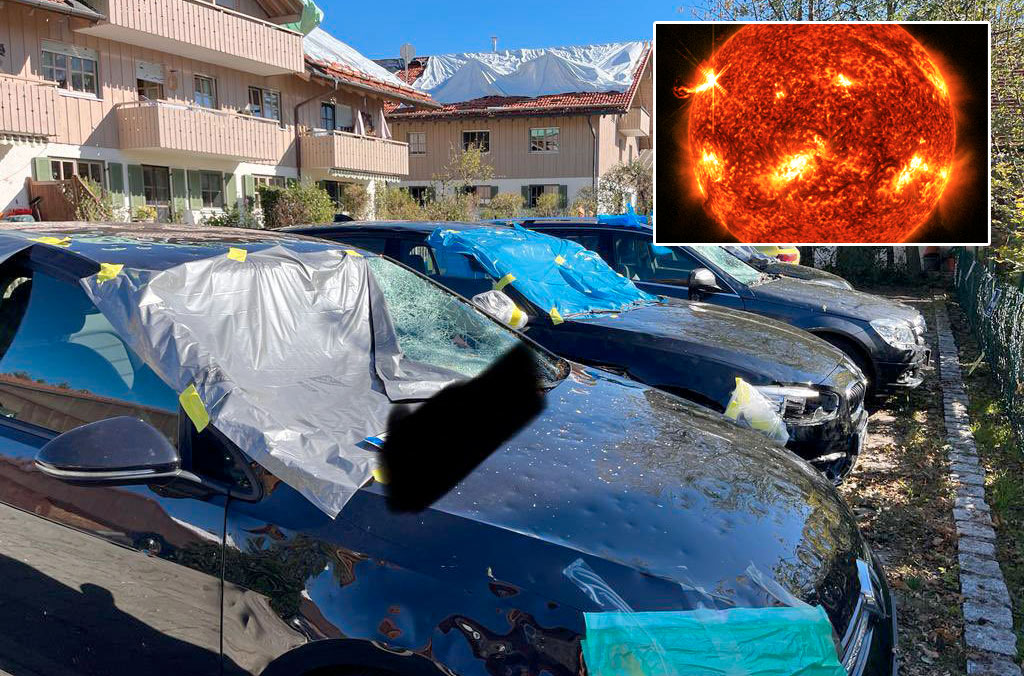
NOAA Predicts Zero Sunspots for Almost the Whole 2030s
CLIMATEThe United States' government scientific organization, the National Oceanic and Atmospheric Administration (NOAA), predicts zero sunspots from 2031 to 2040. This is an extreme situation that has not occurred in as long as humanity has been counting sunspots, and it leads us into uncharted territory in terms of our solar system. However, this prediction aligns with the warnings of the world-renowned solar researcher Valentina Zharkova for many years, who indicated in 2019 various signs of this catastrophic phenomenon, including the extreme hailstorms we have seen in Europe and the world this summer. The forecast and various observations this year give cause for very significant concern. In this unique analysis, Free West Media explains why.

European Nationalist Parties Forge Cooperation Ahead of EU Elections
EUROPEAN ELECTIONSOn Saturday, August 26, representatives of six European nationalist parties gathered in Budapest. The meeting was initiated by the Hungarian party Mi Hazánk and took place in the national parliament. Representatives of the parties signed a joint declaration that not only reaffirms the parties' friendship but also their unity on a range of complex political issues. A surprisingly clear and radical manifesto was established. The hope is that this cooperation will lead to success in the EU elections and eventually result in the formation of a group in the European Parliament. For Swedish nationalism, this meeting marks a success as Sweden, for the first time, has a party represented in a leading nationalist cooperation in Europe. Free West Media was present at this historic event.
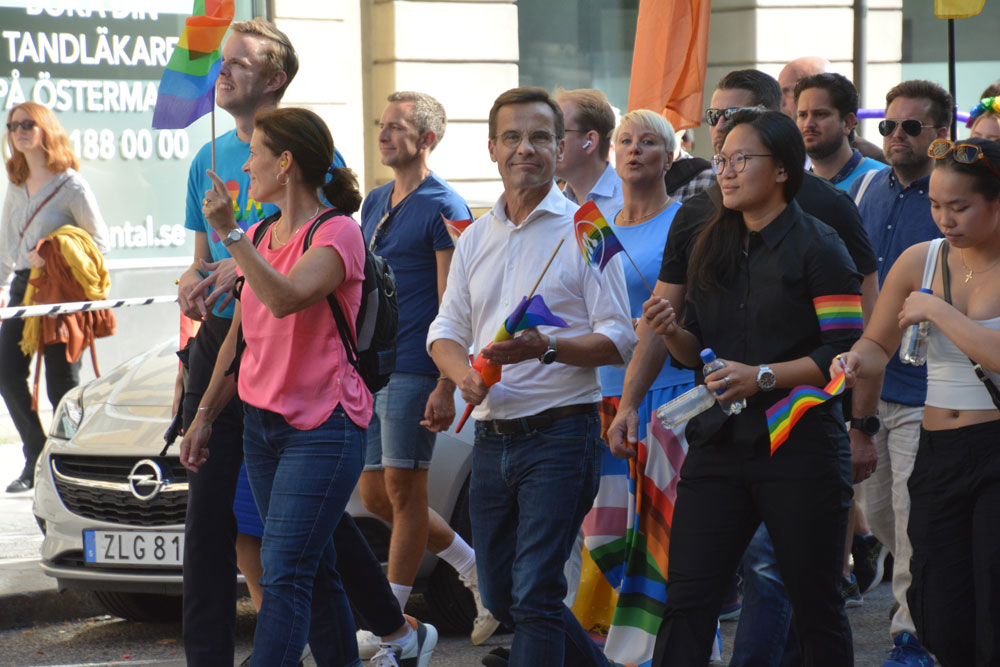
Turkey Believes Sweden Hasn’t Done Enough
Sweden will have to wait a bit longer for NATO membership, according to Turkey's Justice Minister Jilmaz Tunc. First, Sweden must extradite the "terrorists" Turkey wants and stop the desecration of the Quran.
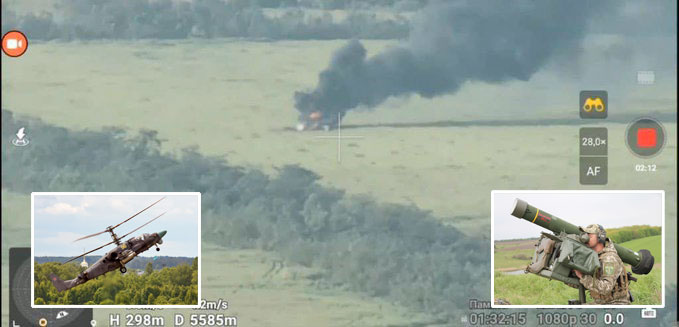
Swedish Weapon Takes Down Russia’s Best Attack Helicopter
The Russian attack helicopter Ka-52 is considered one of the world's best and has struck fear in Ukraine, where it has hunted down tanks and other armored vehicles, often beyond the range of many light anti-aircraft systems. However, it has met its match in the Swedish air defense missile system RBS 70, which has quickly led to significant losses for the Russian helicopter forces.

Strong Confidence in German AfD
Alternative for Germany (AfD) held a party conference on July 29-30 to select candidates for the upcoming EU election next year. EU Parliament member Maximilian Krah, belonging to the party's more radical, ethnonationalist faction, was appointed as the top candidate. The party's two spokespersons delivered powerful speeches criticizing the EU's failed migration policy and trade sanctions that isolate Europe and Germany from the rest of the world. They argued that it's time for the EU to return a significant portion of its power to national parliaments. However, they have dropped the demand for Germany to exit the EU.

The Establishment Wants to Ban Germany’s Second Largest Party – for the Sake of Democracy
The rising popularity of AfD has raised strong concerns within the establishment. Despite lies and demonization in the media and isolation from the overall political establishment, the party continues to grow. Certain representatives of the party are accused of becoming increasingly "extreme," and in an unusual move, the influential weekly newspaper Der Spiegel demanded that AfD be "banned."

Dutch FvD break through the media blockade
What is happening in the Netherlands? It is often difficult to follow events in other countries, especially when distorted by system media. We give Forum for Democracy (FvD) the opportunity to speak out on the political situation in the Netherlands and the staunch resistance they face in trying to save the country.
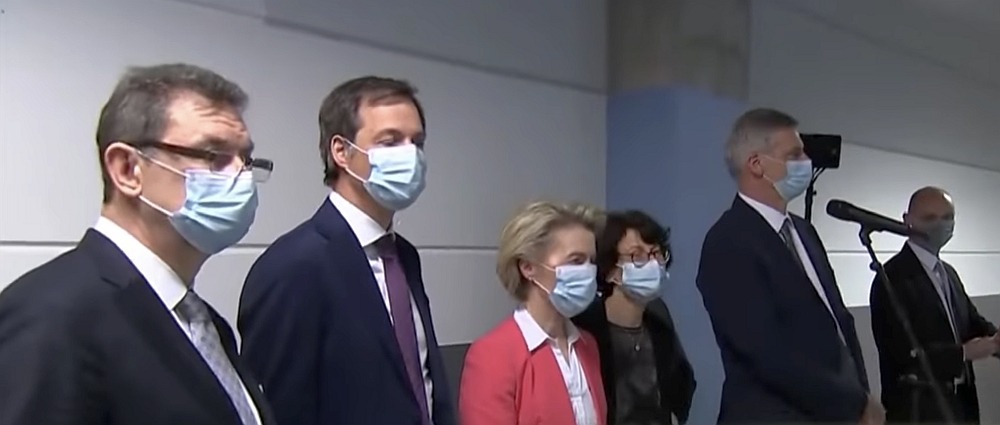
The Ursula von der Leyen Affair
After a criminal complaint in Belgium against the President of the European Commission, the so-called SMS-case, now takes a new turn. The judge responsible for the investigation will likely gain access to the secret messages exchanged between Ursula von der Leyen and Albert Bourla, CEO of Pfizer, at least if they haven't been deleted.
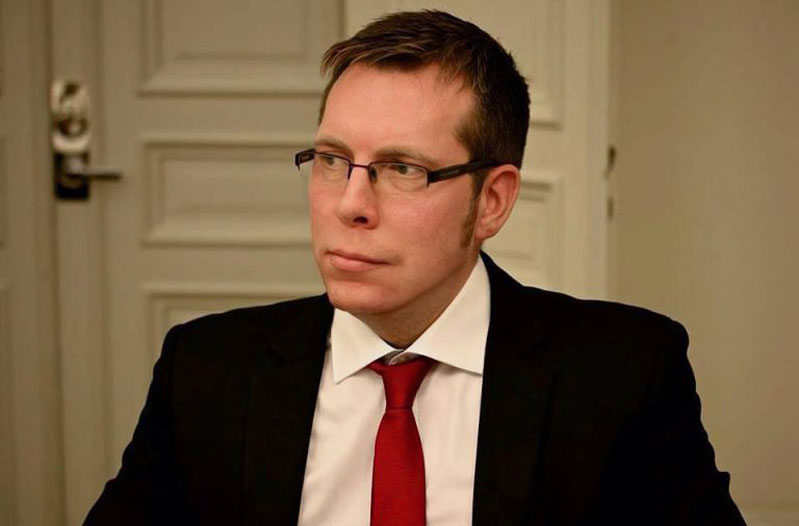
Publisher of Unique Literature Worldwide Blocked by International Distributor
Arktos has distinguished itself by publishing groundbreaking philosophers and social critics. Now, the publisher's international distributor has abruptly terminated the cooperation, and more than 400 already printed titles cannot reach their audience. There is strong evidence that the distributor has been under pressure, something that has also happened in Sweden. We have spoken with Arktos founder Daniel Friberg about the ongoing struggle for freedom of speech in a shrinking cultural corridor.
